CONICAL HELIX
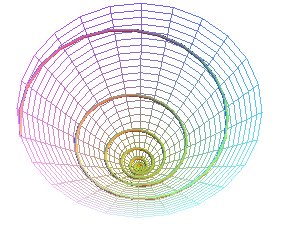
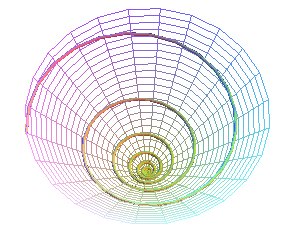
| next curve | previous curve | 2D curves | 3D curves | surfaces | fractals | polyhedra |
CONICAL HELIX


| Curve studied by Terquem in 1845.
Other name: concho-spiral. [loria] p. 146 |
| Cartesian parametrization: Cylindrical equations: Spherical equation: Constant slope of the helix with respect to the plane xOy: Curvilinear abscissa based on the vertex: Radius of curvature: Radius of torsion: |
The conical helix can be defined as a helix
traced on a cone
of revolution (i.e. a curve forming a constant angle with respect to
the axis of the cone), or a rhumb
line of this cone (i.e. a curve forming a constant angle with the meridians);
it is not a geodesic of the cone.
In concrete terms, we get a conical helix when we trace
a path with constant slope on a cone placed vertically.
The projection on xOy is a logarithmic
spiral (),
which is also the locus of the intersection between the tangents and xOy;
the curve obtained by developing the cone is also a logarithmic spiral.
As for all helices, it is a geodesic
of the vertical cylinder based on the aforementioned spiral, projection
of the curve on xOy.
The principal normal is always perpendicular to Oy.
The radii of curvature and torsion are proportional to
z.
The helix is right-handed
when (it
“goes up” clockwise) and left-handed when
(it “goes up” counterclockwise).
A little biology: most sea
shells are wound along right-handed conical helices, but some very
rare species are wound along left-handed spirals (a right-handed sea shell
can be identified by the fact that its opening is on the right, when the
shell is in front of the observer, its tip at the top); among animals with
braided horn, the horn on the right is left-handed while that on the left
is right-handed (what about the unicorn?).
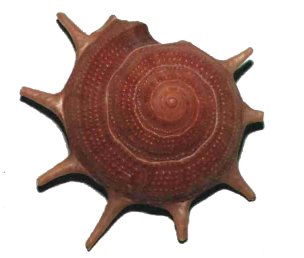 |
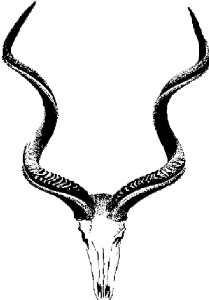 |
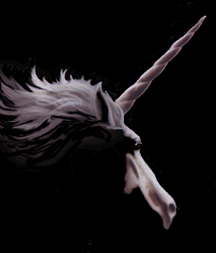 |
 |
See also the Ekman spiral in geography.
Do not mistake the conical helix for the Pappus conical
spiral, for which the coils are at the same distance: the conical helix
is to the logarithmic spiral what the Pappus conical spiral is to the Archimedean
spiral. And the vertex of the cone is an asymptotic point of the conical
helix, that is traced only on a half-cone, while it is merely a passing
point of the conical spiral, traced on the whole cone.
Do not mistake it either for the hyperbolic
conical spiral...
However, the conical helix is a special case of conical
spiral of Pirondini.

the 4 intertwined dragons of the Copenhagen stock exchange |
 |
| next curve | previous curve | 2D curves | 3D curves | surfaces | fractals | polyhedra |
© Robert FERRÉOL 2018